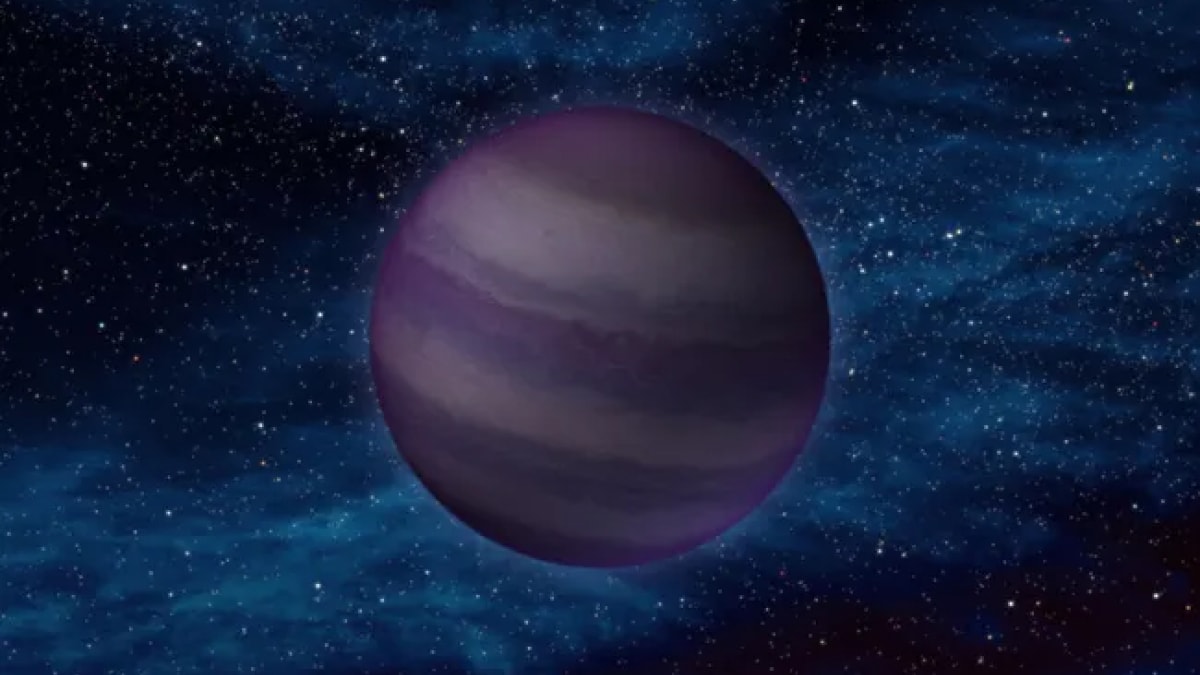
A celestial body found three decades ago has now been identified as a pair of brown dwarfs orbiting each other, a recent study has revealed. The object, previously known as Gliese 229B, was the first brown dwarf discovered 30 years ago. Brown dwarfs are considered too large to be planets yet too small to ignite like stars. What makes this discovery unique is that these two brown dwarfs, now named Gliese 229Ba and Gliese 229Bb, circle each other in just 12 days, much faster than many similar objects.
Unexpected Pairing of Brown Dwarfs
For years, astronomers were puzzled by the unusually dim appearance of Gliese 229B, given its mass. This mystery has now been explained, as the light from this object was coming from two separate bodies rather than one. Using the Very Large Telescope in Chile, scientists collected new data showing that what appeared to be a single brown dwarf is actually a close-orbiting pair. Each of these bodies is orbiting a small star about 18 light-years away, which is relatively close to Earth in astronomical terms.
Orbit Shorter than the Moon’s
While astronomers have discovered other brown dwarf pairs before, the Gliese 229Ba and Gliese 229Bb pair is noteworthy because of the proximity of their orbit. The twins complete their orbits around each other every 12 days, which is quicker than the Moon‘s journey around Earth. “It’s quite unusual to see brown dwarfs behaving in this way,” said Rebecca Oppenheimer, co-author of the study from the American Museum of Natural History.
Could More Hidden Brown Dwarf Twins Exist?
The findings suggest there may be more brown dwarfs with hidden companions that have yet to be discovered. Jerry Xuan from the California Institute of Technology, another co-author, believes this could change our understanding of how these objects form and evolve. This discovery, published in Nature, provides valuable insights into the diversity of objects in our universe.
Here’s how the article would look in your required format:

